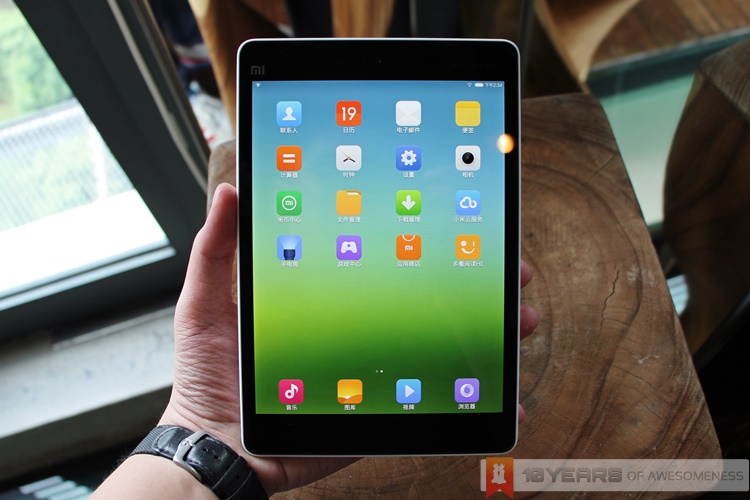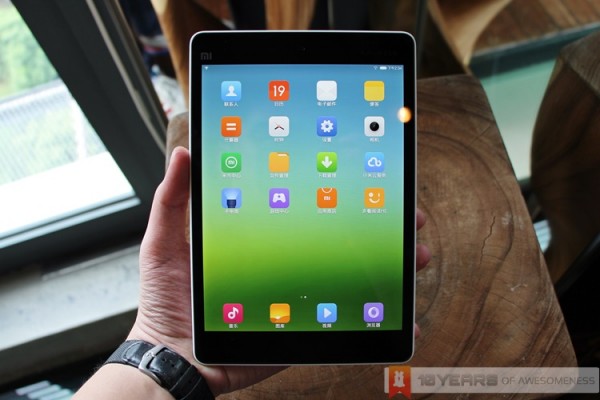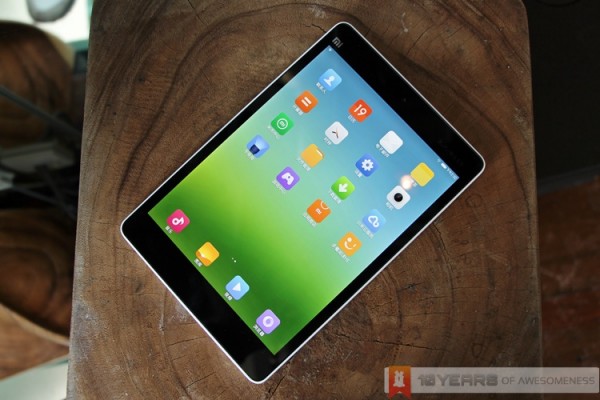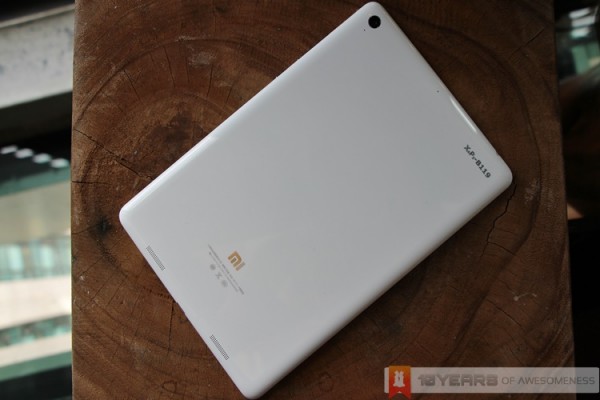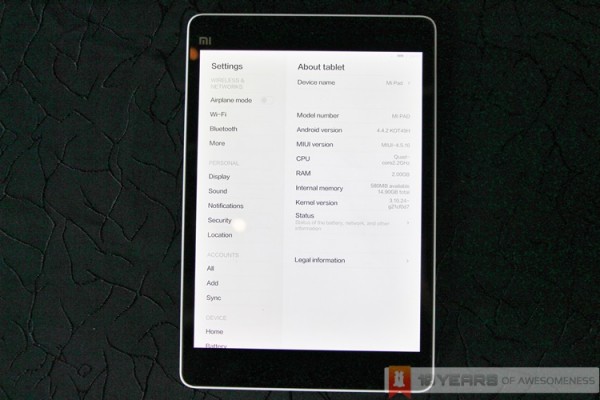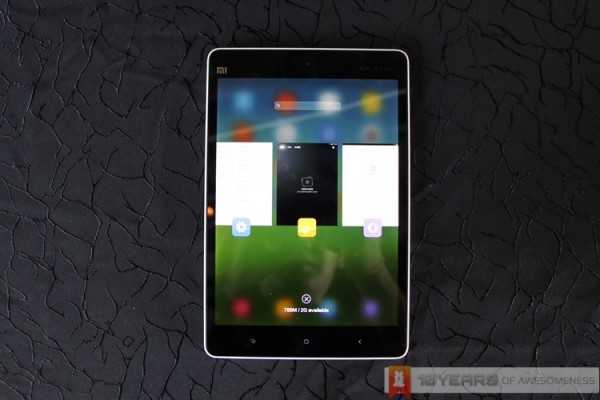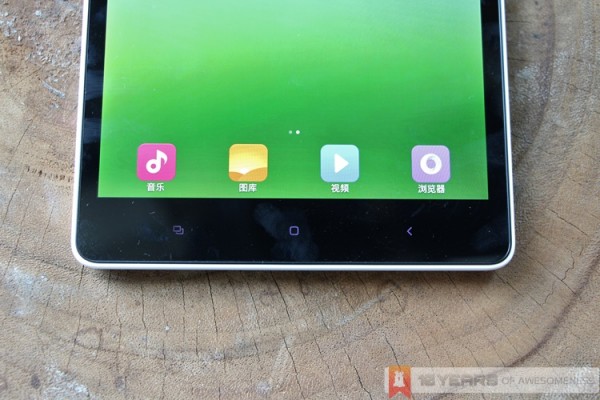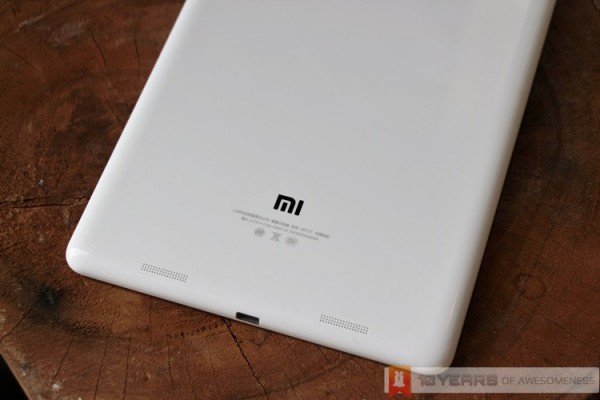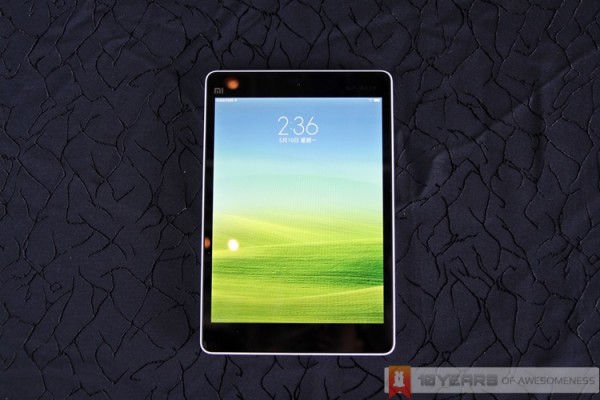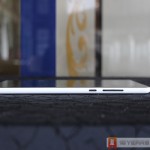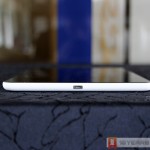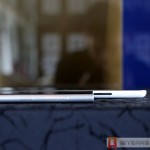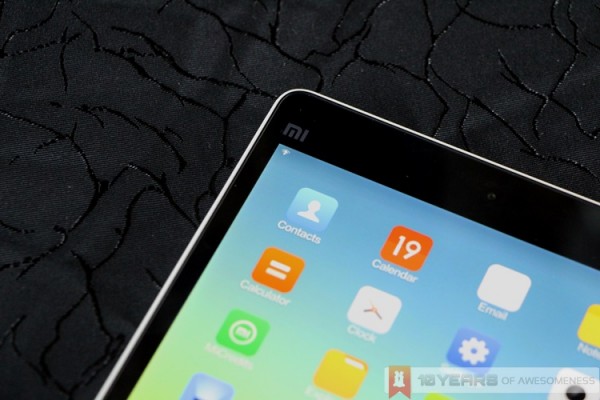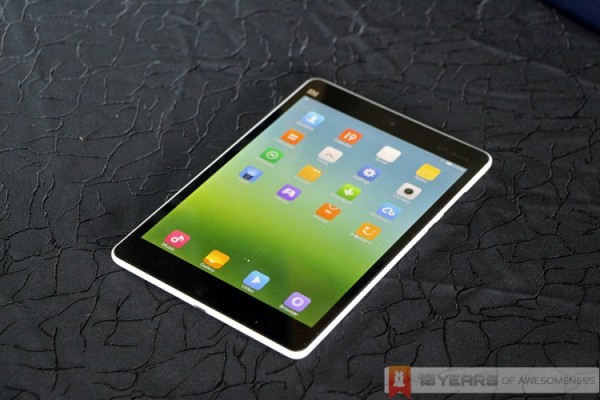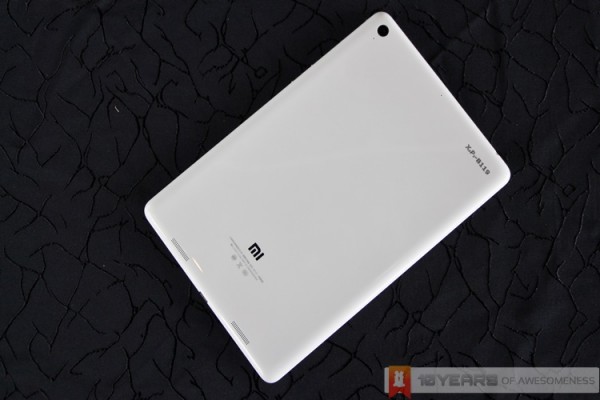It isn’t often that companies would freely reveal a beta product to the public. Then again, Xiaomi has always prided itself in being different. Its first-ever tablet, the Mi Pad, was announced last month in a “closed beta testing stage”. But at Xiaomi’s official launch event in Malaysia several weeks ago, both Xiaomi co-founder Bin Lin and Xiaomi Global VP Hugo Barra were seen toting their own Mi Pads – and weren’t shy in showing them off to members of the media.
We met Barra again a few days ago, and once again he was carrying his Mi Pad about. We had a glimpse of the Mi Pad at the launch event earlier, and here’s what we think of it.
The Mi Pad is the first tablet to be powered by NVIDIA’s Tegra K1 chipset, featuring four Cortex-A15 cores running at 2.2GHz and a fifth companion core in a 4+1 array that NVIDIA has pioneered with its Tegra processors. The focus, however, shifts to the chipset’s GPU on the Tegra K1, which sports 192 Kepler-based cores, which NVIDIA has claimed to be 1.5 times more efficient than other mobile GPUs in the market.
Naturally, this is a very powerful tablet. So powerful, Barra mentioned that the Mi Pad was the reference tablet of choice by NVIDIA to give to its developers.
The Mi Pad isn’t all about the NVIDIA chipset either: everything else about the hardware is top-of-the-range, from the 7.9-inch display with a dense 2048 x 1536 resolution to the 8MP and 5MP rear and front camera sensors respectively. And of course, at a price that starts from a mere RM776, it isn’t hard to choose this tablet over any other Android tablet available in the market.
The software inside, too, was re-imagined from MIUI’s smartphone interface to work better for tablets. It’s running on a custom build of MIUI based on Android 4.4.2, so you can be sure there’s a KitKat MIUI in the works for smartphones. Oddly enough, the Mi Pad’s UI – which shares a similar “Retina Display” resolution as the iPad Mini Retina, has a very iOS feel about it – though it is thoroughly Android and MIUI. Even though it is a beta device running on an equally beta software, the Mi Pad was snappy, fast and precisely what one would expect from a top-end device.
However, one aspect that did not sit too well among the members of the media who saw had a chance to touch and feel the Mi Pad was with the back. Specifically, the glossy white back cover of the Mi Pad, which was very similar to that of the Redmi Note. The glossy cover attracts oil and fingerprint stains easily, making the entire tablet look and feel rather cheap.
It was at this point that Bin Lin, who had passed his personal Mi Pad for us to snap photos, told us that this was exactly why this Mi Pad is labelled as a beta device. Bin Lin noted that the company is looking to receive as much feedback as it can about the Mi Pad before it is released for the open beta. Therefore, he added, the glossy non-removable back cover may not feature in the final retail unit of the Mi Pad when it is eventually available later this year.
Until then, here’s a taste of Xiaomi’s first tablet.
Follow us on Instagram, Facebook, Twitter or Telegram for more updates and breaking news.


